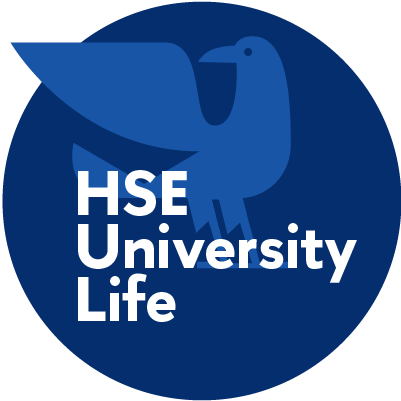- A
- A
- A
- ABC
- ABC
- ABC
- А
- А
- А
- А
- А
First-year Students of HSE Faculty of Computer Science Create Simulation of COVID-19 Spread
© COVID-SIMULATION.NET
HSE students decided to find out how exactly different quarantine measures affect the spread of coronavirus. In the simulation, you can see how self-isolation and hygiene procedures followed by city residents affect the COVID-19 infection rate. Bogdan Chechin, the project participant, told HSE Life how the simulation works.
Bogdan Chechin
Student of HSE Faculty of Computer Science
‘We accidently came up with this idea. My classmate Vova Romanov decided to learn how to model and visualize processes. He started with physical phenomena, then moved to visualizing the virus spread in the city, and shared the results in our study group chat.
I liked it and started thinking about how to use it. I realized that with this model you can show the difference between following and ignoring quarantine measures – now it can be very useful. I called Vova, he liked the idea, and we decided to create a website.
Now in our simulation, you can change four parameters: the level of hygiene, the percentage of people who visit stores near their homes, the percentage of people who follow self-isolation regulations, and the number of infected people who have been tested.
These conditions affect the behavior of ‘participants’ and can be changed during the modeling process. Each ‘person’ has a schedule: he goes from his home to the store. When they cross paths with carriers of the virus, they may become infected.
The dynamics of the infection rate is shown in the charts. You can choose a random location on the map or view a simulation based on your geolocation. The data we used was withdrawn from the Open Street Map.
Five people work on the project. Vova Romanov works on the simulation, Sasha Morozov is responsible for the server, Kostya Borisov does the layout, Nastya Strelkova develops the design, and I am the project manager. In our team, four people are first-year students, and Nastya will undoubtedly enroll this year’.
Prepared by Lena Vardanyan

